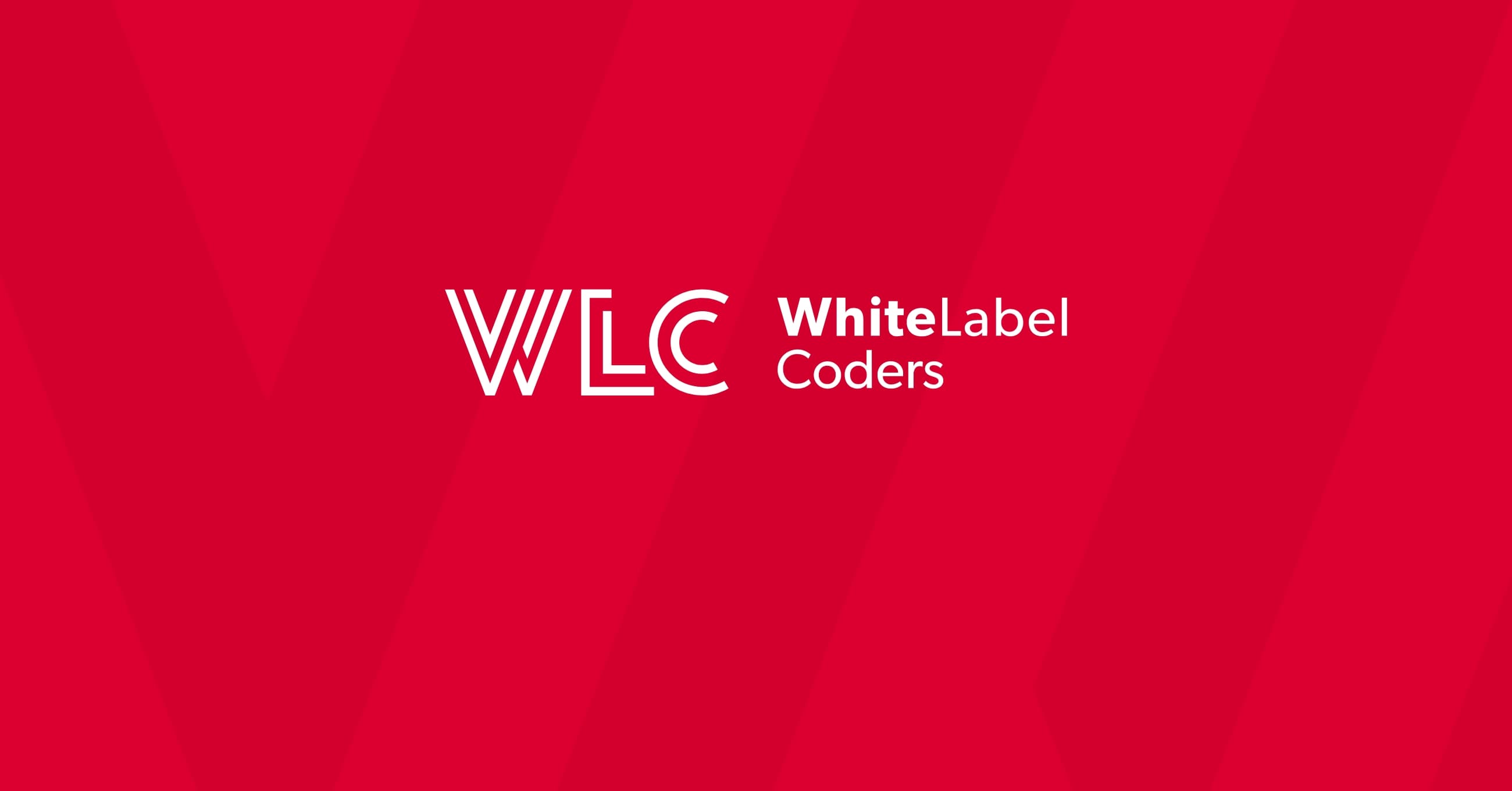Category: SEO AI
Is WordPress no code or low code?

Have you ever wondered whether WordPress sits in the no-code camp or requires proper development skills? This question puzzles many business owners and developers alike, especially when choosing the right approach for their next project. The answer isn’t straightforward because WordPress brilliantly straddles both worlds, offering incredible flexibility for users across the technical spectrum.
Understanding where WordPress fits in the development landscape will help you make informed decisions about your website project, whether you’re a complete beginner or an experienced developer. Let’s explore how WordPress adapts to different skill levels and when you might need to venture into custom development territory.
Understanding no code vs low code development
No-code development empowers users to create functional applications without writing a single line of code. These platforms use visual interfaces, drag-and-drop builders, and pre-built templates to handle the technical complexity behind the scenes. Think of it as building with digital Lego blocks – you’re assembling pre-made components to create something new.
Low-code development, on the other hand, provides a middle ground where users can achieve most functionality through visual tools but occasionally need to write custom code for specific requirements. It’s like having a sophisticated toolkit where you can handle most tasks with standard tools, but sometimes need to craft a custom solution.
The key difference lies in flexibility versus simplicity. No-code platforms excel at speed and accessibility, making them perfect for straightforward projects and non-technical users. Low-code platforms offer more customisation options but require some technical knowledge when standard features aren’t sufficient.
What makes WordPress unique in the development landscape?
WordPress occupies a fascinating position because it genuinely functions as both a no-code and low-code platform, depending on how you approach it. At its core, WordPress is a content management system built on PHP, but its architecture allows for multiple levels of interaction.
The platform’s hybrid nature stems from its flexible architecture. You can install WordPress and immediately start creating content using themes and plugins without touching code. Alternatively, you can dive deep into custom theme development, create bespoke plugins, or build complex web applications that go far beyond traditional websites.
WordPress’s true strength lies in its ability to grow with your needs – starting simple and becoming as complex as your project demands.
This adaptability makes WordPress particularly valuable for businesses that want to start simple but may need advanced functionality later. You’re not locked into a single approach, which explains why WordPress powers everything from personal blogs to enterprise-level applications.
WordPress as a no code solution
For many users, WordPress functions perfectly as a no-code platform. The visual editor allows you to create and format content intuitively, whilst thousands of themes provide professional designs without requiring design skills.
Modern page builders like Elementor, Divi, and Gutenberg blocks have transformed WordPress into a truly visual development environment. You can create sophisticated layouts, add interactive elements, and customise styling through point-and-click interfaces. These tools generate clean, functional code automatically.
The plugin ecosystem further extends no-code capabilities. Need an online shop? Install WooCommerce. Want contact forms? Add Contact Form 7. Require SEO optimisation? Yoast has you covered. Most functionality can be achieved by selecting, installing, and configuring existing solutions.
Content management remains WordPress’s strongest no-code feature. The dashboard provides intuitive controls for publishing posts, managing media, and organising content. Even complex sites with multiple authors and content types can be managed entirely through the visual interface.
When does WordPress require coding knowledge?
WordPress transitions into low-code territory when your requirements exceed what themes and plugins can provide. Custom theme development requires understanding PHP, HTML, CSS, and JavaScript to create unique designs and functionality.
Complex integrations often demand coding skills. Connecting WordPress to external APIs, creating custom data flows, or building sophisticated user interactions typically require development expertise. This is where WordPress customisation becomes essential for achieving specific business requirements.
Performance optimisation frequently involves code-level improvements. Whilst caching plugins help, truly optimised sites often require custom database queries, efficient PHP code, and tailored front-end optimisation that goes beyond plugin capabilities.
Advanced WooCommerce implementations, multilingual sites with complex requirements, or custom user portals often push beyond no-code limitations. These projects benefit from wordpress custom development approaches that leverage WordPress’s full potential whilst maintaining security and performance standards.
How to determine your WordPress development approach
Choosing between no-code and low-code approaches depends on several key factors. Consider your project’s complexity, timeline, budget, and long-term goals when making this decision.
Evaluate your functional requirements carefully. Can existing themes and plugins handle your needs with minor customisations? If yes, the no-code approach will be faster and more cost-effective. If your project requires unique functionality or specific integrations, low-code or custom development becomes necessary.
Timeline considerations matter significantly. No-code solutions can be deployed quickly, whilst custom development requires more time for planning, development, and testing. However, investing in custom solutions early might save time later if you anticipate complex requirements.
Budget constraints often influence the approach. No-code solutions have lower upfront costs but might require expensive plugins or premium themes. Custom development has higher initial investment but provides better long-term value for complex projects.
WordPress development best practices for different skill levels
For no-code users, focus on choosing quality themes and plugins from reputable developers. Prioritise solutions with good support, regular updates, and positive reviews. Keep your WordPress installation, themes, and plugins updated to maintain security and functionality.
When venturing into low-code territory, start with child themes to preserve customisations during updates. Learn basic HTML and CSS to make minor adjustments without breaking functionality. Use staging environments to test changes before applying them to live sites.
For custom wordpress website projects, establish proper development workflows including version control, staging environments, and backup procedures. Follow WordPress coding standards and security best practices to ensure maintainable, secure solutions.
Regardless of your approach, prioritise user experience and site performance. Fast-loading, mobile-responsive sites benefit from both no-code optimisation techniques and custom development practices. Regular monitoring and maintenance ensure your WordPress site continues performing well as it grows.
WordPress’s flexibility means you can start with a no-code approach and gradually incorporate custom development as your needs evolve. This progressive enhancement approach allows you to balance immediate requirements with future scalability, making WordPress an excellent choice for projects of any complexity level.

